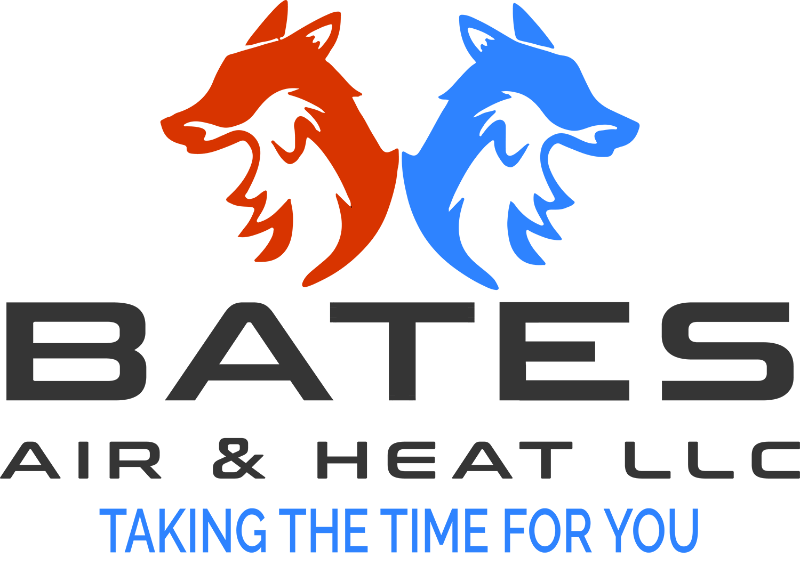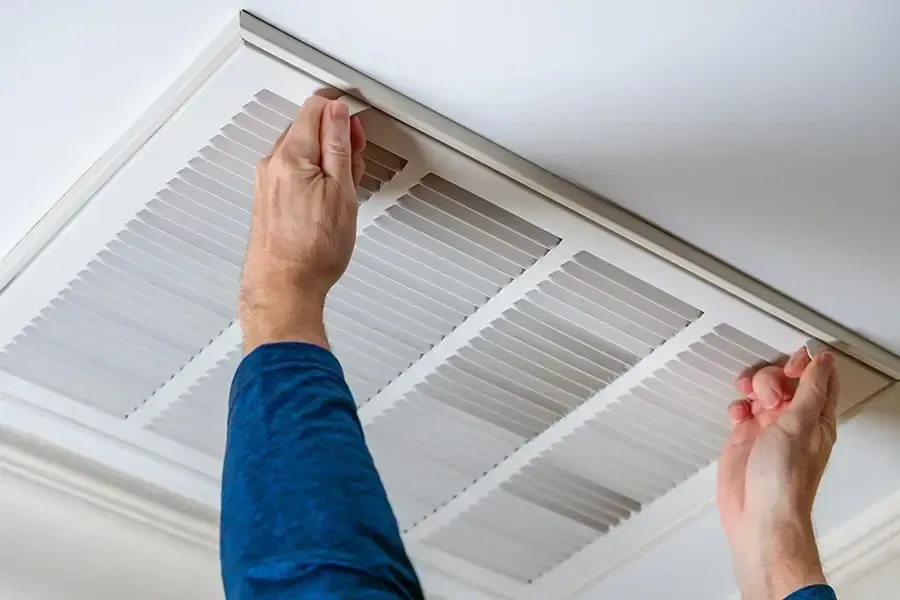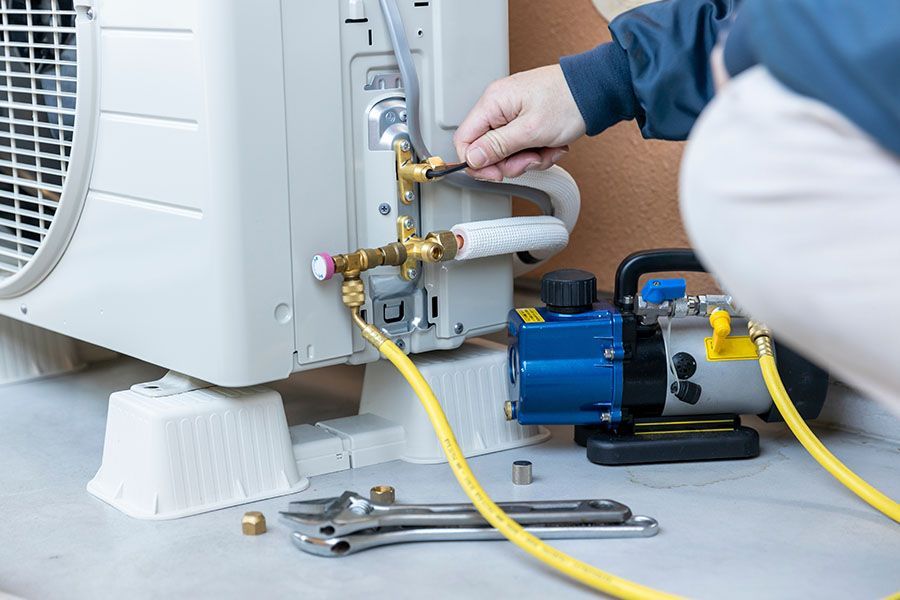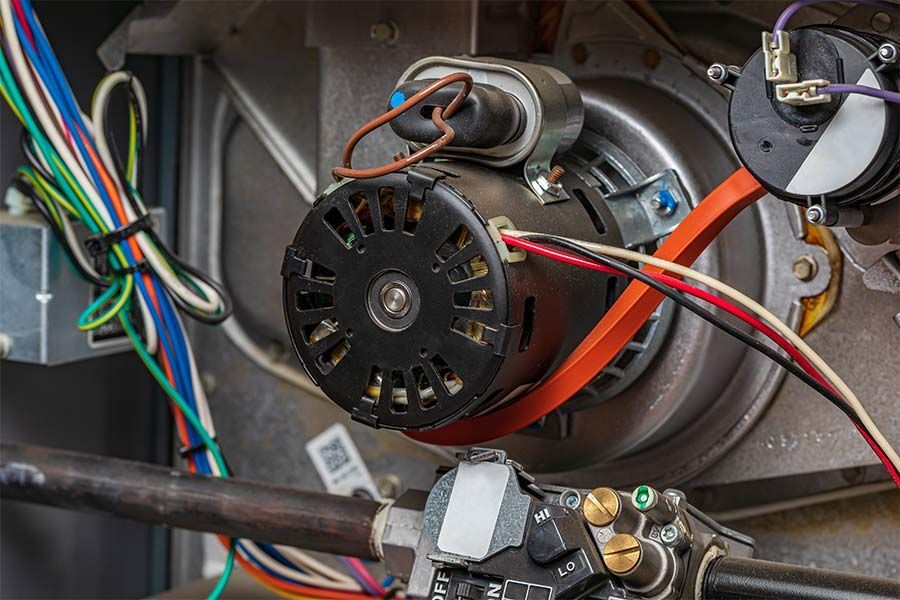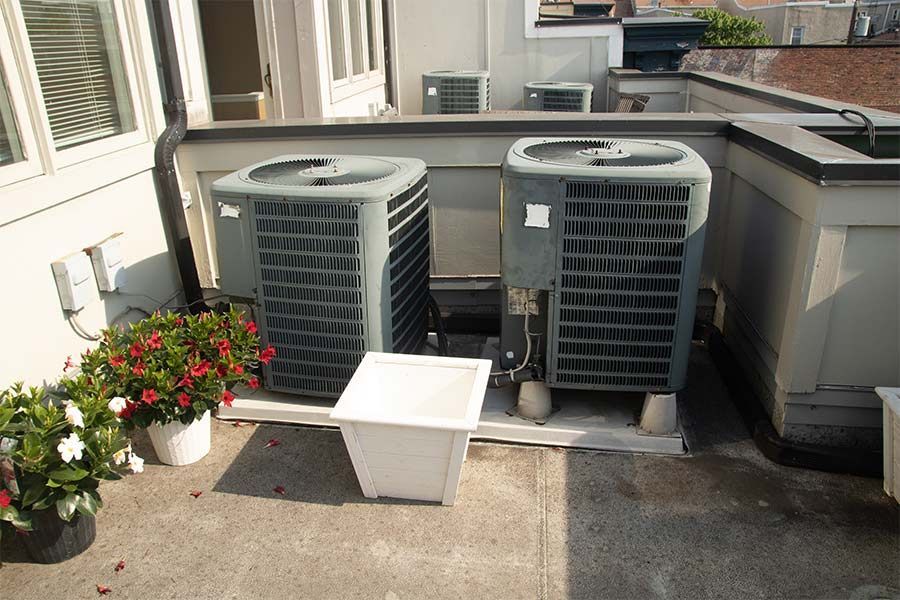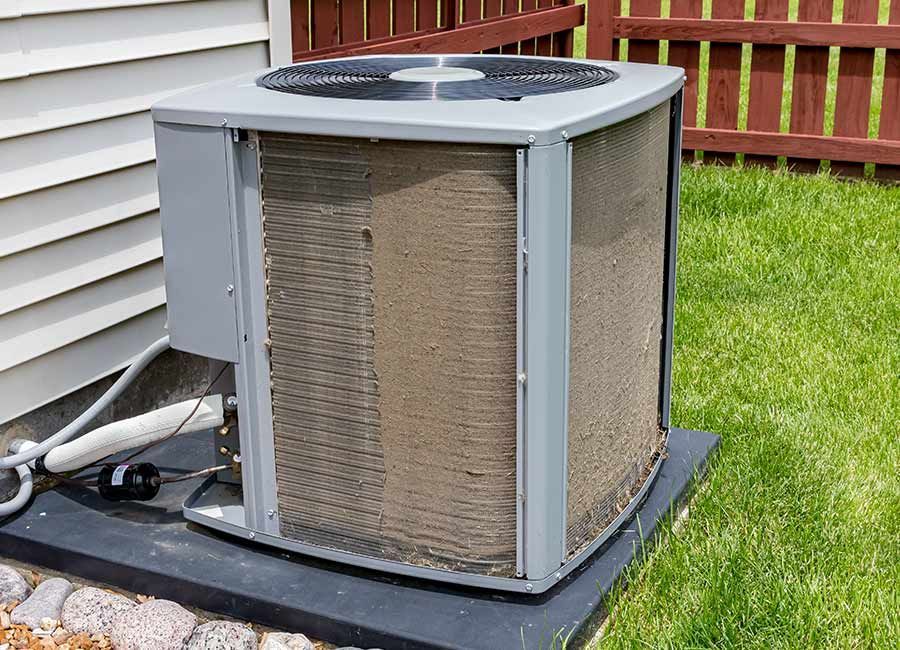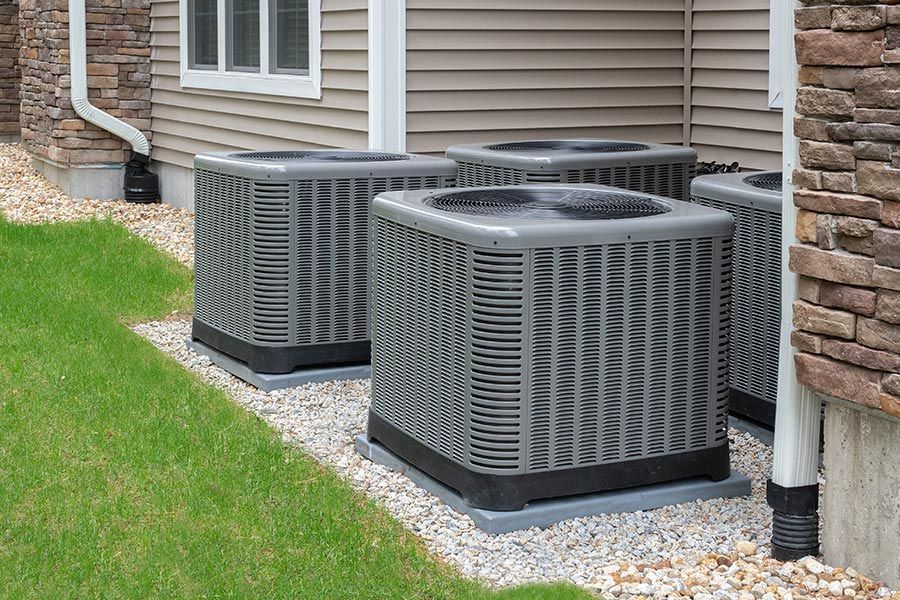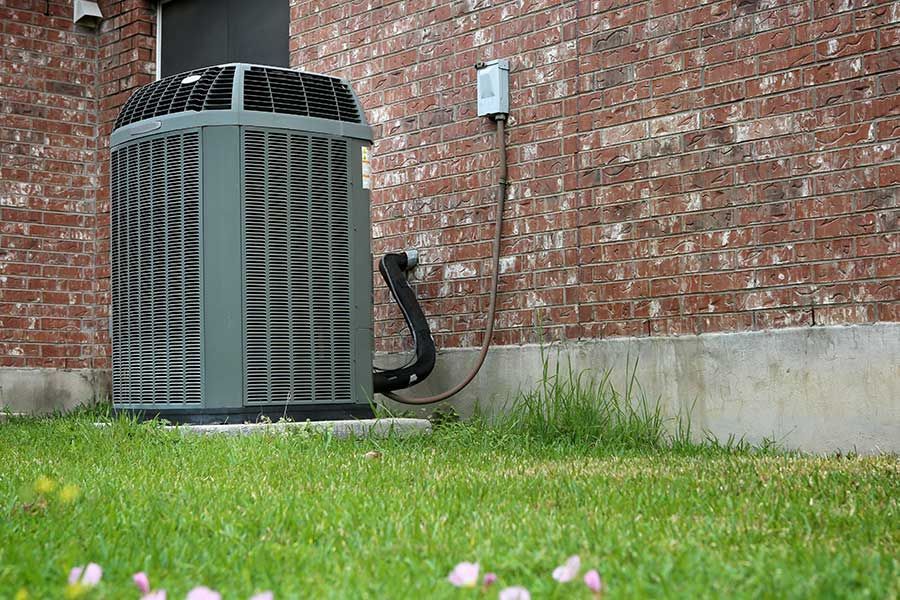What Is the Difference Between Stage 1 and Stage 2 AC in Vero Beach?
Most homeowners probably think that all air conditioners are mostly the same: You turn them on, and they cool your home. However, there are several types of air conditioning systems, such as stage 1 and stage 2. It’s important to know the differences between these two AC systems so you can choose one that works best for you. With that in mind, the team at Bates Air & Heat LLC in Vero Beach is here to answer the question: “What is the difference between stage 1 and stage 2 AC?
Contact us today to speak to a trusted HVAC company in Vero Beach.
Main Differences Between 1-Stage and 2-Stage ACs
The main difference between single-stage and two-stage air conditioners is the speed at which the compressor works. In one-stage air conditioners, the compressor works at a single speed, no matter the unit’s temperature settings. With a two-stage system, the compressor switches between two speeds depending on energy consumption.
One way to think about things is a one-stage compressor is always either on or off—at 0% or 100%. A two-stage system can be at 0% or 100%, but it also has a setting that operates between 0% and 100% power. Most two-stage systems have a second level that operates at about 60% to 70% of total power consumption.
This difference is most relevant for maintaining temperatures. Imagine you have a single-stage AC and set it to 70 degrees. The unit will kick on at about 72 degrees and turn off once it reaches about 70 or 69 degrees. The cycle repeats once indoor temperatures hit 72-ish degrees again.
Two-stage systems minimize the amount of energy used the closer the temperature gets to its target. So, a two-stage AC might switch on at 100% when the temperature hits 72, then lower the power to around 70% as the temperature gets closer to 70 degrees.
1 & 2 Stage vs. Variable Speed AC
In addition to one-stage and two-stage AC systems, there are also variable AC systems. Variable AC systems are similar to two-stage systems, except that instead of having two compressor speeds, they can continuously modify compressor settings based on energy consumption. A two-stage system has only two compressor speeds, but variable systems can achieve up to 700 distinct compressor speeds. This fine-grained coordination makes variable-speed air conditioners more efficient than both single-stage and two-stage air conditioners.
Why Use Multi-Stage Air Conditioners?
Air conditioners use a lot of energy; for many homeowners, they are the single largest cost on your monthly power bills. When a single-stage AC turns on, it runs at full power until it reaches the target temperature, then shuts off and turns back on when needed.
Multi-stage systems change the compressor speed as it gets closer to the target temperature to reduce the amount of energy used. For example, if you set the thermostat to 70 degrees, a multi-stage air conditioner will switch to a lower power speed when it gets close to the set temperature. This means two-stage and variable-speed air conditioners use less energy and put less strain on your system.
Benefits of a Multi-Stage Air Conditioner
Single-stage air conditioners are the most common and the cheapest to install upfront. However, two-stage and variable-speed air conditioners have many benefits that make the additional upfront cost worth it.
Lower Power Bills
The main benefit of two-stage and variable air conditioners is they use less energy, which lowers your monthly energy bills. Running your AC at 100% power all the time can get expensive, and a multi-stage system reduces total energy consumption. Two-stage systems use about 30% to 40% less electricity than single-stage units, which can translate to major savings over the long term.
Less System Strain
Two-stage air conditioner systems also put less wear and tear on your HVAC. Running at 100% all the time puts unnecessary strain on your HVAC, which increases the chances of breakdowns and mechanical failures. Two-stage systems don’t always run at 100% power, so they put less strain on your system, translating to fewer breakdowns and repair and maintenance costs.
More Consistent Cooling
Two-stage and variable air conditioners also provide more consistent cooling with fewer temperature spikes. The air conditioner lowers power consumption when it gets closer to the target temperature, so there is less chance of it overshooting. The temperature doesn’t change too quickly, which is perfect for hot summers in Vero Beach.
Less Noise
Since they have different power settings, multi-stage air conditioners are less noisy and may be a better option for those particularly sensitive to noise. If you have trouble sleeping at night due to AC noise, a multi-stage AC can help significantly.
Downsides of Multi-Stage Air Conditioners
Multi-stage air conditioners have many benefits, but this type of system also has some drawbacks, such as those listed below.
Higher Upfront Cost
The main downside is that multi-stage air conditioners cost more to buy and install. A two-stage air conditioner can be about 30% more expensive than a single-stage AC of the same size and power. For most homeowners, the difference will be between $2,000 and $4,000. Two-stage air conditioners are also heavier and larger than single-stage air conditioners, so labor costs for installation will also be higher.
High Repair Costs
Multi-stage air conditioners are also more complex, making them more expensive to repair when they break down. The main reason for higher repair costs is the compressor unit. Multi-stage air conditioner compressors use advanced technology, making them one of the most expensive AC parts to replace.
#1 Heating & Cooling Services in Vero Beach
Read our blog to learn how often you should replace your AC unit. If you want to know the answer to “What is the difference between stage 1 and stage 2 AC?” contact Bates Air & Heat LLC online or give us a call today at 772-837-5854 to schedule an appointment today!
